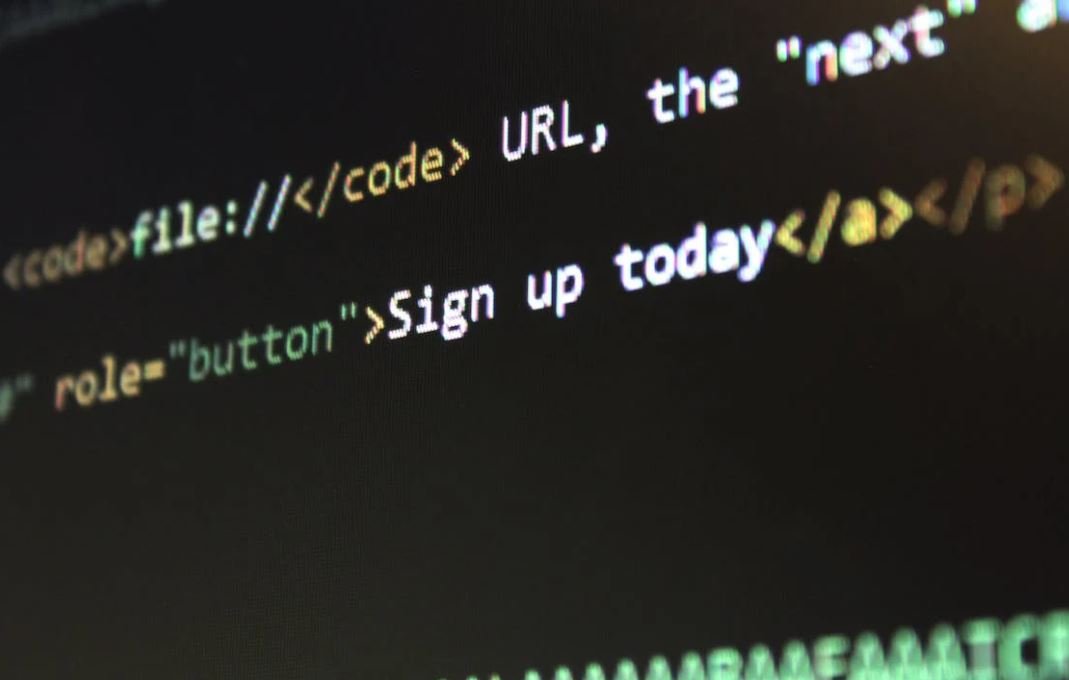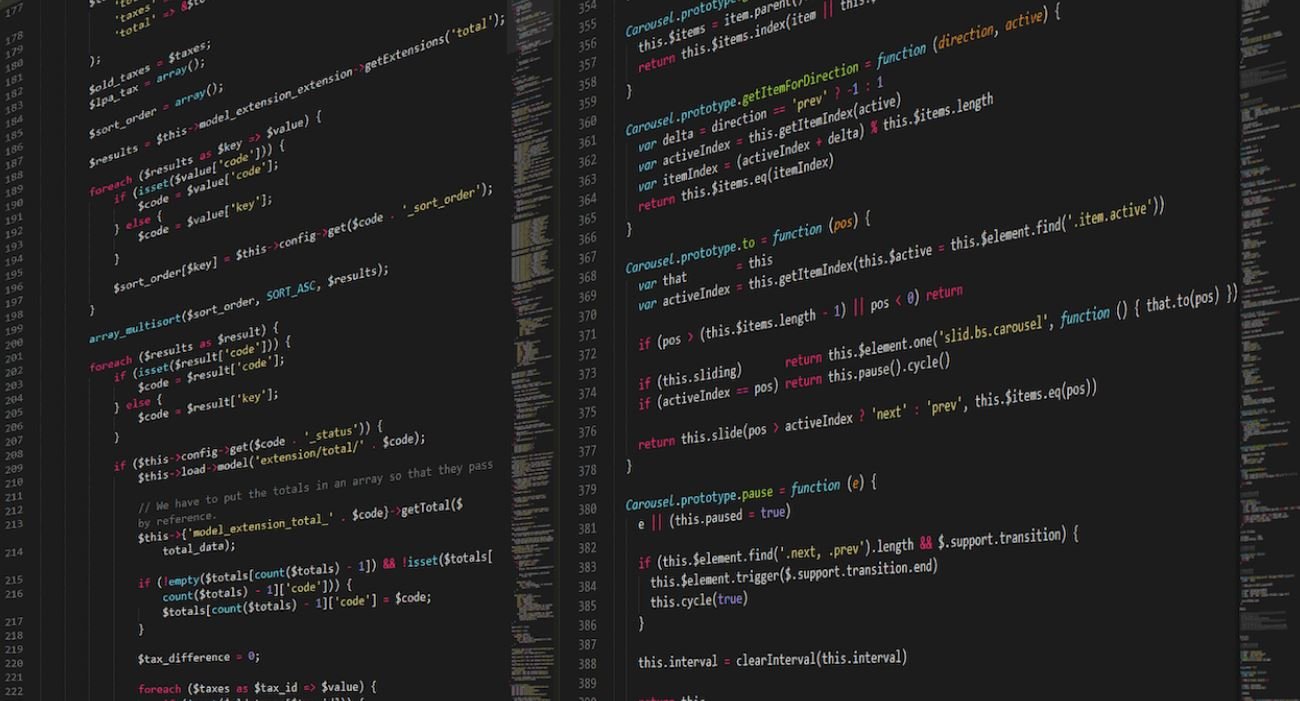Deepfake Identity Theft
Deepfake technology has rapidly advanced in recent years, posing serious concerns for individuals and organizations alike. This technology enables the creation of hyper-realistic fake videos, images, and audio that can be used for malicious purposes, including identity theft.
Key Takeaways
- Deepfake technology creates convincing fake videos, images, and audio.
- Identity theft through deepfakes is a growing concern.
- Prevention measures and increased awareness can help mitigate the risks.
**Deepfake identity theft** refers to the unauthorized use of deepfake technology to impersonate someone and obtain personal or financial information. These deepfakes can be spread over social media, emails, or even direct communication, making it difficult to differentiate between real and fake content. This poses serious risks to individuals who may fall victim to scams or have their reputation damaged.
Deepfakes exploit our inherent trust in visual and auditory cues to convince individuals that the content is genuine. *New advancements in deepfake technology continue to make these impersonations even more convincing.*, often fooling even experts in the field. Cybercriminals can take advantage of this technology to create fake videos or voice recordings that seem authentic, making it easier for them to commit identity theft.
Protecting Yourself Against Deepfake Identity Theft
As deepfake technology becomes more accessible and sophisticated, it’s important to stay informed and take necessary precautions. Here are some steps you can take to protect yourself:
- **Secure your social media profiles**: Ensure your privacy settings are set appropriately to limit access to your personal information.
- **Be cautious with personal information**: Avoid sharing sensitive information, such as your full address or financial details, online unless necessary.
- **Enable multi-factor authentication**: Use additional layers of security, such as two-factor authentication, to protect your online accounts from unauthorized access.
- **Verify suspicious content**: If you come across questionable videos or audios, do some research to verify their authenticity before taking any actions.
- **Stay updated**: Keep yourself informed about the latest technologies and trends in deepfake creation to better recognize and detect any potential deepfakes.
Although it can be challenging to completely eliminate the risk of deepfake identity theft, taking these precautions can significantly reduce your vulnerability to such attacks.
The Impact of Deepfake Identity Theft
Deepfake identity theft can have severe consequences for individuals and organizations. The following table highlights some key impacts:
| Impact | Description |
|---|---|
| Financial Loss | Impersonating an individual can lead to financial fraud, including unauthorized transactions or fraudulent loans. |
| Reputation Damage | A deepfake impersonation can tarnish a person’s reputation, both personally and professionally. |
| Manipulation of Public Opinion | Deepfakes can be used to spread misinformation or manipulate public sentiment during important events or elections. |
Furthermore, it is crucial to address the legal and ethical implications of deepfake technology to protect individuals from digital impersonation and maintain trust in media. Enhanced regulations and awareness campaigns are key in combatting deepfake identity theft.
Preventing the Spread of Deepfakes
Both individuals and organizations have a role in preventing the spread of deepfakes. Here are some tactics to consider:
- **Awareness programs**: Conduct training and awareness programs to educate individuals about the risks associated with deepfakes.
- **Verification tools**: Develop and implement tools that can authenticate the origin and integrity of media content.
- **Collaboration with technology companies**: Work together with technology companies to develop advanced detection techniques and algorithms to identify deepfake content.
By collectively addressing the challenges posed by deepfake identity theft, we can protect ourselves and the digital ecosystem from malicious intent.
Conclusion
With the rapid advancement of deepfake technology, the risk of identity theft through deepfakes is a growing concern. However, by staying informed, taking precautionary measures, and advocating for stronger regulations, we can minimize the impact of these fraudulent activities. Remember to be cautious when sharing personal information online and verify suspicious content before taking any actions. Stay vigilant in the face of deepfake threats to keep your identity and reputation secure.

Common Misconceptions
Deepfake technology is still in its early stages
One common misconception about deepfake identity theft is that it is still a developing technology with limited capabilities. However, this is not entirely true. Deepfake technology has advanced significantly in recent years, allowing attackers to create highly convincing fake videos or images using artificial intelligence algorithms.
- Deepfake technology has been used in various industries, including politics and finance.
- Attackers can easily mimic the voice and appearance of individuals using deepfake technology.
- Deepfake videos can be created quickly and easily, making it a serious threat to users’ privacy.
Deepfake videos are easy to identify
Another misconception is that it is easy to identify deepfake videos and distinguish them from real ones. While there are certain signs that can help detect them, deepfake videos can be incredibly convincing and difficult to distinguish with the naked eye.
- Modern deepfake technology can generate videos that have realistic facial expressions, movements, and even reflections.
- There are tools and software available to help detect deepfake videos, but they are not foolproof.
- Deepfake videos can be further enhanced using post-processing techniques, making them even more realistic.
Deepfake identity theft is only a threat to celebrities
Some individuals believe that deepfake identity theft is only a concern for celebrities or public figures who are in the public eye. However, this misconception fails to acknowledge the potential risks that deepfake technology poses to anyone, regardless of their status.
- Attackers can use deepfake technology to impersonate regular individuals, such as friends, family members, or co-workers.
- Deepfake identity theft can lead to various forms of exploitation, including financial fraud, reputation damage, or blackmail.
- The widespread use of social media platforms makes deepfake identity theft accessible to both attackers and victims from all walks of life.
Only highly skilled individuals can create deepfakes
Many people mistakenly believe that only highly skilled individuals with advanced technical knowledge can create deepfake videos or images. While some degree of technical expertise is required, the availability of user-friendly tools and tutorials has made it easier for anyone to create deepfakes.
- There are online platforms and software that allow users to create deepfakes without in-depth technical knowledge.
- The widespread availability of tutorials and guides has lowered the barrier to entry for creating deepfake content.
- By using pre-existing libraries and models, individuals with limited technical know-how can easily generate high-quality deepfakes.
Deepfake detection methods are foolproof
Lastly, many individuals believe that existing deepfake detection methods are foolproof and can accurately distinguish between fake and real videos or images. While extensive research and development are being conducted in this field, no perfect solution has emerged as of yet.
- Detection techniques are continuously being improved, but so are the methods used to create deepfakes, leading to an ongoing cat-and-mouse game.
- Deepfake detection is a complex task that often requires a combination of machine learning algorithms and human expertise.
- As deepfake technology evolves, detecting highly sophisticated deepfakes becomes increasingly challenging.

Table: Increase in Deepfake Incidents
Deepfake incidents have been on the rise in recent years, with an alarming increase in 2020. This table shows the number of reported deepfake incidents worldwide from 2016 to 2020.
| Year | Number of Incidents |
|---|---|
| 2016 | 57 |
| 2017 | 102 |
| 2018 | 175 |
| 2019 | 294 |
| 2020 | 673 |
Table: Top Industries Targeted by Deepfake Attacks
Deepfake attacks have not spared any industry, with various sectors falling victim to the manipulation of digital identities. This table highlights the top industries targeted by deepfake attacks.
| Industry | Percentage of Attacks |
|---|---|
| Finance | 28% |
| Politics | 23% |
| Entertainment | 16% |
| Technology | 14% |
| Healthcare | 9% |
Table: Financial Losses Due to Deepfake Scams
Deepfake scams have not only tarnished reputations but also led to substantial financial losses. This table presents the estimated global financial losses due to deepfake scams from 2019 to 2021.
| Year | Financial Losses (in billions USD) |
|---|---|
| 2019 | 3.5 |
| 2020 | 5.2 |
| 2021 | 7.9 |
Table: Common Purposes of Deepfake Identity Theft
Deepfake identity theft has become a multifaceted threat, serving different purposes for cybercriminals. This table outlines the common purposes of deepfake identity theft incidents.
| Purpose | Percentage |
|---|---|
| Fraudulent Financial Transactions | 35% |
| Spreading Misinformation | 28% |
| Ransom Demands | 17% |
| Reputation Damage | 15% |
| Political Manipulation | 5% |
Table: Countries with Most Deepfake Incident Reports
Deepfake incidents know no borders, with reports pouring in from numerous countries. This table showcases the countries with the highest number of deepfake incident reports.
| Country | Number of Incident Reports |
|---|---|
| United States | 468 |
| China | 234 |
| India | 197 |
| United Kingdom | 142 |
| Germany | 97 |
Table: Distribution of Deepfake Technology
Deepfake technology has gained traction worldwide, infiltrating various tech markets. This table presents the distribution of deepfake technology across different regions.
| Region | Percentage of Deepfake Users |
|---|---|
| North America | 42% |
| Asia | 31% |
| Europe | 18% |
| South America | 7% |
| Africa | 2% |
Table: Age Groups Most Vulnerable to Deepfake Attacks
Deepfake attacks pose a significant threat to individuals of varying age groups. This table identifies the age groups most vulnerable to becoming victims of deepfake attacks.
| Age Group | Vulnerability Percentage |
|---|---|
| 18 – 24 | 38% |
| 25 – 34 | 29% |
| 35 – 44 | 17% |
| 45 – 54 | 10% |
| 55+ | 6% |
Table: Common Deepfake Platforms
Deepfake videos can easily find their way onto numerous platforms throughout the internet. This table showcases the most common platforms where deepfake content is widely shared.
| Platform | Percentage of Deepfake Content |
|---|---|
| Social Media | 55% |
| Video Sharing Sites | 25% |
| Adult Content Sites | 15% |
| News Websites | 5% |
Table: Deepfake Detection Techniques
Detecting deepfake videos has become a crucial task to combat the repercussions of their misuse. This table presents the most commonly used techniques for detecting deepfake content.
| Detection Technique | Accuracy Percentage |
|---|---|
| Temporal Consistency | 81% |
| Face Landmarks | 76% |
| Audio-Visual Discrepancies | 68% |
| Deep Neural Networks | 93% |
Deepfakes have emerged as a profound threat to online security and personal privacy. The tables presented here showcase the escalating incidents of deepfake attacks worldwide, the industries most targeted, the financial losses incurred, and the purposes behind such deceitful actions. Countries like the United States, China, and India have experienced significant numbers of deepfake attacks, while various regions demonstrate different levels of deepfake technology adoption. Individuals between the ages of 18 and 34 tend to be most vulnerable, and deepfake content often finds its way onto popular social media and video sharing platforms. Detecting deepfake videos remains a challenge, but techniques such as temporal consistency and deep neural networks have shown promising accuracy. The rise and prevalence of deepfake identity theft highlight the urgent need for advanced countermeasures and public awareness to protect against this digital menace.
Frequently Asked Questions
What is deepfake identity theft?
Deepfake identity theft refers to the use of artificial intelligence techniques, such as deep learning algorithms, to create fabricated videos or images that convincingly manipulate someone’s appearance or actions. This can enable malicious actors to impersonate individuals and carry out fraudulent activities.
How does deepfake identity theft work?
Deepfake identity theft typically involves training a deep learning model using large datasets of target individual’s images or videos. The model then generates manipulated media that closely resembles the target person, making it difficult to distinguish between the real and the fake.
What are the potential risks of deepfake identity theft?
Deepfake identity theft can have severe consequences. It can be used to spread disinformation, frame innocent individuals for crimes they didn’t commit, blackmail someone by circulating compromising videos, or trick people into revealing sensitive information.
How can I protect myself from deepfake identity theft?
To protect yourself from deepfake identity theft, you can:
- Be cautious about sharing personal information online.
- Enable two-factor authentication on your accounts.
- Regularly update your passwords and use strong, unique ones.
- Verify the sources of any suspicious video or image content.
- Stay informed about the latest deepfake technologies and detection methods.
Can deepfake identity theft be detected?
As deepfake technology advances, detecting manipulated media becomes increasingly challenging. However, researchers are continuously developing techniques to identify deepfakes, such as analyzing facial inconsistencies, examining metadata, or using deep learning algorithms to search for artifacts indicating manipulation.
What should I do if I become a victim of deepfake identity theft?
If you believe you have been targeted or victimized by deepfake identity theft, take the following steps:
- Document and preserve any evidence of the deepfake, such as screenshots or URLs.
- Report the incident to your local law enforcement agency.
- Inform the platform or website where the deepfake is being shared.
- Consider reaching out to a legal professional to explore your options for recourse.
Is it illegal to use deepfake technology for identity theft?
In most jurisdictions, using deepfake technology for identity theft or any malicious purposes is illegal. Laws regarding deepfake vary by country, but many have legislation in place to address issues related to digital impersonation, defamation, or fraud.
Can deepfake identity theft have an impact on elections?
Yes, deepfake identity theft can pose a threat to elections. Deepfakes can be used to spread false information, manipulative videos of political figures, or fake endorsements, potentially influencing the opinions and decisions of voters.
Are there any ongoing efforts to combat deepfake identity theft?
Various organizations, academic institutions, and technology companies are actively researching and developing tools to combat deepfake identity theft. Efforts include improving detection techniques, advancing media forensics, and raising awareness about the risks associated with deepfake technology.
Where can I find more information about deepfake identity theft?
For more information about deepfake identity theft, you can visit reputable technology news websites, academic papers, or browse resources provided by organizations specializing in cybersecurity and digital fraud prevention.




